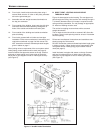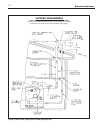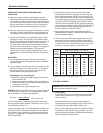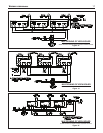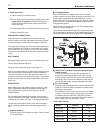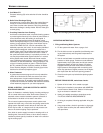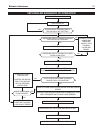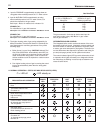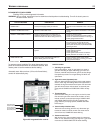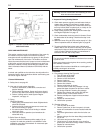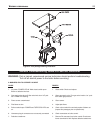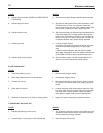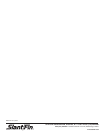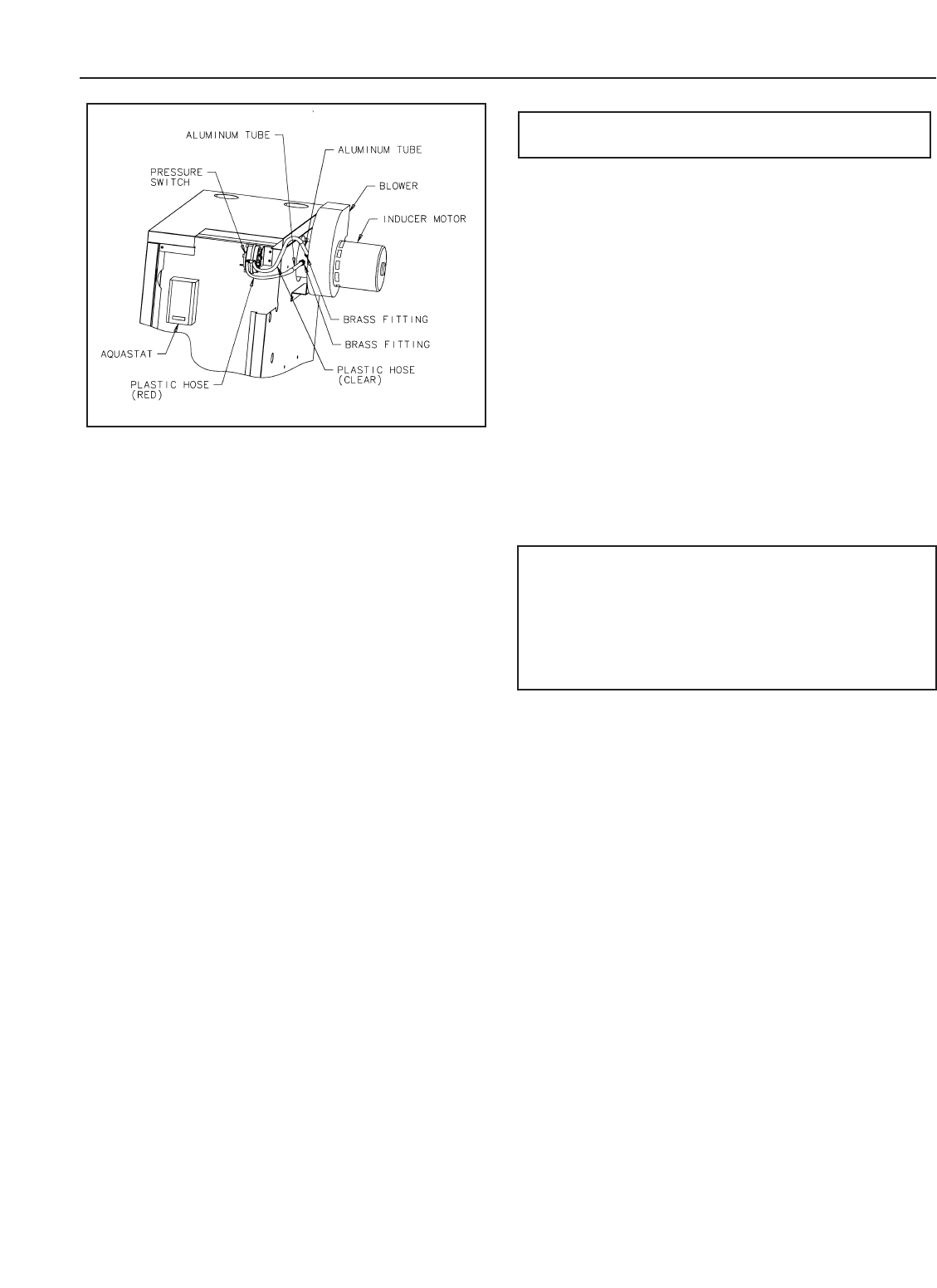
VI
CTORY VSPH Models
24
CARE AND MAINTENANCE
This section must be brought to the attention of the owner by
the installer so that the owner can make the necessary
arrangements with a qualified service agency for the periodic
care and maintenance of the boiler.The installer must also
inform the owner that the lack of proper care and maintenance
of this boiler and any fuel burning equipment may result in a
hazardous condition. Installer should discuss contents of the
User’s Information Manual (Publication VSPH-UIM) with the
owner.
A trained and qualified service technician should perform the
inspection listed in these instructions before each heating sea-
son and at regular intervals.
I. General Maintenance
A. Safety check, see page 23.
B. Vent and air intake system inspection
1. Check for obstruction, condensation, corrosion and
physical damage.
2. Check outside termination. Screen and louvers should
be free of any debris and must be cleaned as required.
3. Perform “Venting and Air intake System Regular
Inspection”, see page 15.
C. Piping
Check the f
ollowing:
1. Water piping and accessories for leaks. Slightest leaks
should be corrected.
2. System to be full of water and pressure to remain sta-
ble at correct setting on gauge.
3. Air-control system. Noise and air binding in radiation
should not occur.
4. Low water cutoff for operation (see instructions fur-
nished with unit).
D. Boiler Room Air Supply
Check air vents for continuous positive supply of air as
required. Air needs are greatest in cold weather if boiler
installation is non-direct vent method. Air vents must open
and free of obstruction.
Warning: The flow of combustion and ventilating air to the
boiler should not be obstructed.
I
I. Inspection During Heating Season
A. Check water pressure regularly and add water slowly to
system when needed. If much water is added, venting
may be necessary. Regular loss of water from boiler sys-
tem may indicate either a system leak, or a faulty air con-
trol system, or a faulty automatic fill valve.
B. Check venting system. See “Venting and Air Intake Sys-
tem Regular Inspection” on page 15.
C. Check condensation drain trap to be full of water. Check
for deterioration of the tubing. Check that the trap is not
plugged.
D. With main burner firing all LED’s mst be steady “on”. See
“Normal operation-status of indicator lights” on page 22.
E. To prolong the life of the inducer motor, lubricate with
Anderol 465 or SAE 20 motor oil annually Turn off power
and place 4-6 drops of above mentioned lubricant in each
of two oil holes. Lubricate circulator per manufacturer’s
instruction. DO NOT over oil any motor.
WARNING:
CLEANING
A. Flue passage cleaning See Figure 22
1. Turn off power to the boiler
2. Remove front jacket panel
3. Remove air box front panel
4. Remove jacket top
5. Remove inducer assembly
6. Remove flue collector
7. Remove combustion air screen
8. Use wire brush to clean flue passages. It is sug-
gested that paper be placed on burners to collect
any foreign material in cleaning flue passage.
9. Replace flue collector and re-seal with high tem-
perature sealer or with furnace cement.
10. Remove and dispose of paper and accumulated
material.
11. Replace all remo
ved items.
12. Check boiler operation.
B. Cleaning of burners
1. Turn off power to the boiler.
2. Remove jacket front, air box front panel, air intake
screen and combustion air screen located inside the
air box.
3. Disconnect ignitor/sensor cable from the boiler con-
trol.
4. Remove pilot gas line from brass fitting located inside
the air box.
5. Lift burners and remove from orifices.
6. Clean burners. To clean burners, run a clean flue
brush up the tube until all foreign matter is removed.
7. Replace all removed items.
8.
Check boiler operation.
Figure 21. Location and identification of pressure
switch and hoses.
The ceramic combustion chamber in the burner box contains
crystalline silica.
Wear proper dust mask and gloves when servicing combus-
tion chamber or burners.
Crystalline Silica has been identified as a carcinogenic or
possibly carcinogenic to humans.



